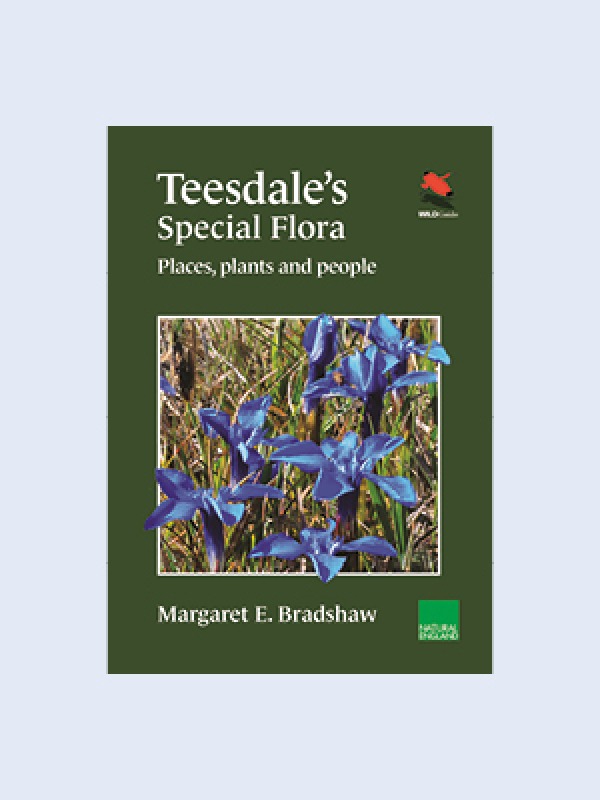
Botanist, Dr Margaret E Bradshaw Publishes Her First Book at 97 Years Old
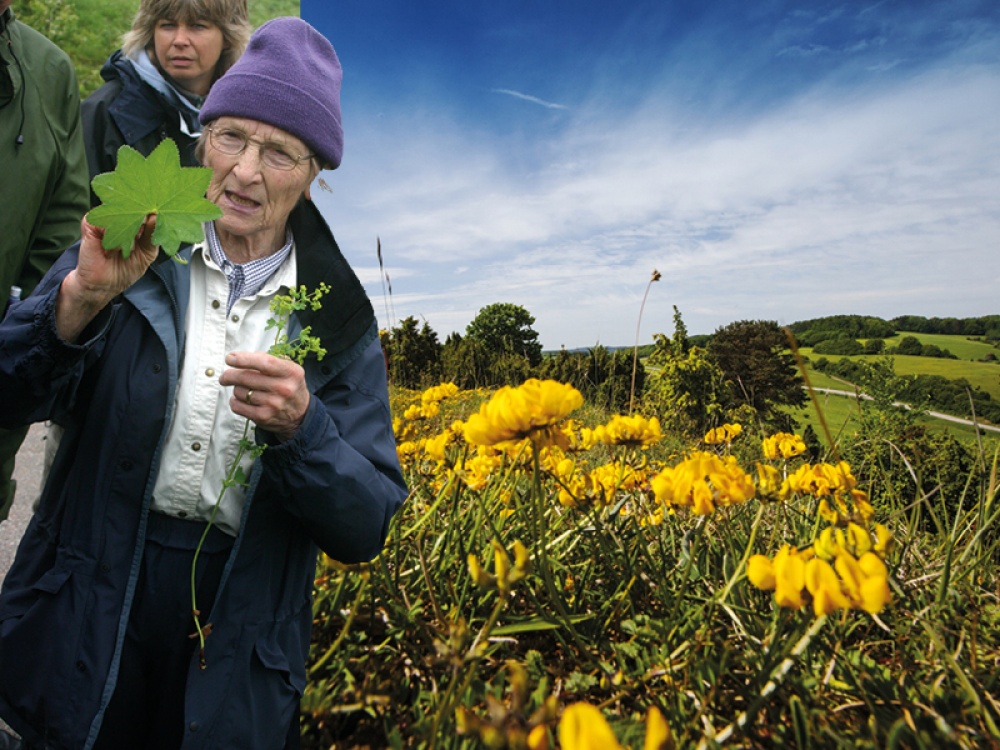
Something of a legend among botanists, Dr Margaret E Bradshaw has spent the last seven decades studying the rare flowers of Upper Teesdale. In her first book she shares why we need to protect this very special area, and how we can do it
Dr Margaret E Bradshaw has spent her life working to raise awareness of the range of rare plants in Teesdale. Every day she heads out to monitor changes in the plant coverage and presence in the area. In September 2021 she undertook an 88km trek across Teesdale on horseback to raise funds for the preservation of the region’s special flora. Now, at the age of 97, she’s published her first book about this very special area.
Margaret can’t pinpoint exactly where her interest in plants first came from. ‘I grew up on a farm in East Yorkshire, this was before the last war so we still had horses on the farm, and I was very interested in the whole farming process,’ she tells us. ‘But I suppose at that time I only knew some plants and those were mainly weeds.
‘I do remember going down by the River Hull at Driffield where my family had a flour mill. I’d go with my great uncle and we found Bogbean which has got a beautiful flower, and also I remember Water Mint which has a very characteristic smell. Other than that, I just seem to have an innate interest in flowers. I remember being quite excited by plants at school. I went to the University of Leeds to do a joint degree in botany and zoology and thoroughly enjoyed the botany side of the course (although still had to do the zoology too) and I guess I rather took to plants.’
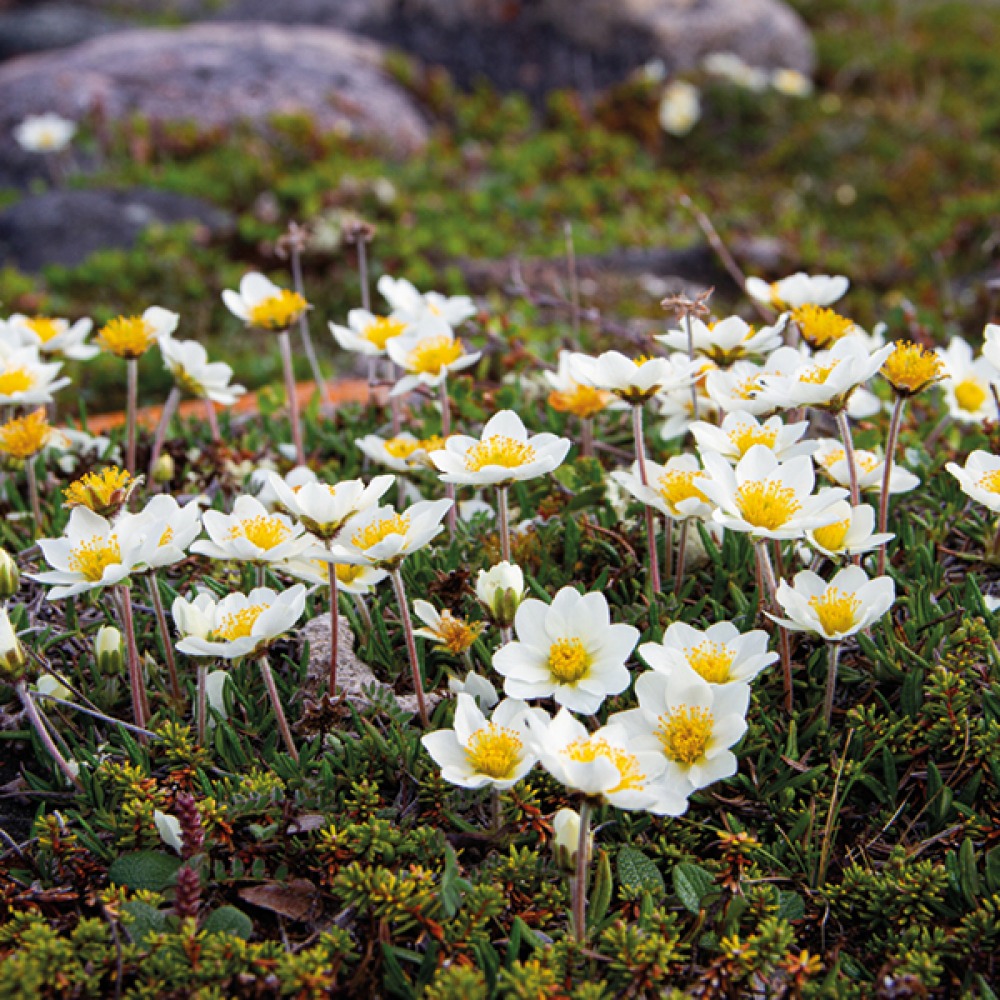
Take to plants she did, as they would go on to be the focus of the next 70 years of Margaret’s life. When she first moved to County Durham, taking up a job as a teacher in a girls’ school in Bishop Auckland in 1951, the decision to uproot herself was based on little more than hearsay about the area’s rare flora. It’s not the individual flowers that make this landscape so precious, but rather the plants that grow here in combination: the so-called Teesdale Assemblage. ‘I heard the name when I was at university of this place called Teesdale that has rather special flora,’ Margaret explains. ‘That stayed in my mind, but it was when I eventually moved to teach in County Durham that I had access to Teesdale.
‘And they were right, the Teesdale flora is special! It’s one of the top five special plant areas in the country, with a collection that’s extremely rare. There are plants here that are Northern Montane species, Arctic-Alpine species, and also plants from the south of the country that are at their most northerly location. All are rare to some extent. One grows only here, while others are on the edge of their range in Britain. What makes Teesdale flora particularly unique is that it has got this combination of Arctic-Alpine such as Mountain Avens and Dwarf Birch, but also Continental South species like the Hoary Rock-rose and Horseshoe Vetch. It’s their presence alongside one another that makes the area so important in the plant world.’
The combination is unique – nowhere else in the UK do these particular species grow together in such a comparatively small area – and the Teesdale Assemblage of rare plants is considered to have survived continuously since shortly after the last glaciation, some 10–12,000 years ago. Two of the most important places for these rare plants are Widdybank Fell and Cronkley Fell. A special type of rock (sugar limestone) reaches the surface on these two fells, and nowhere else in Britain. Dry grassland and wet flushed habitats on the sugar limestone support several of the rare species. Other habitats in Teesdale which are particularly good include its meadows, the Tees riverbank, the cliffs and the high fell tops.
Read More: Great Gardens to Visit in the North East this Autumn
In 2017, Margaret set up the Teesdale Special Flora Trust. A research and conservation body, the aim of the trust is to monitor the rare flora of Upper Teesdale, promote conservation and good management, and help people to appreciate the flora on their doorstep. Through grants and fundraising – Margaret’s horseback trek alone raised almost £1,000 – the organisation funds surveys of rare flowers and raises awareness among the general public of this often under-appreciated landscape. Through this fieldwork they can begin to understand the area better.
‘A research worker for us, John O’Reilly, has been recording in considerable detail the special flora from Widdybank and Cronkley Fell up to Mickle Fell, the higher level, and we’ve now got a lot of detailed information,’ Margaret explains. ‘Over the last 50 years or so, many of these species have greatly reduced, even up to 90 percent and even the Spring Gentian is not as abundant as it once was, its presence reduced by 50 percent. It might look as if it’s still flowering as well as it did, particularly if you see it after a period of dull weather and then you get a lovely sunny day so all the bulbs that have been stacking up to open come open at the same time, but our recorded work that has been done as a result of money we’ve got through the Teesdale Special Flora Trust has shown that’s unfortunately not the case.’
‘Things are changing, they’ve been changing for the 70 years I’ve known Teesdale, and if these plants are going to survive then we’ve got to be active in managing and conserving them’
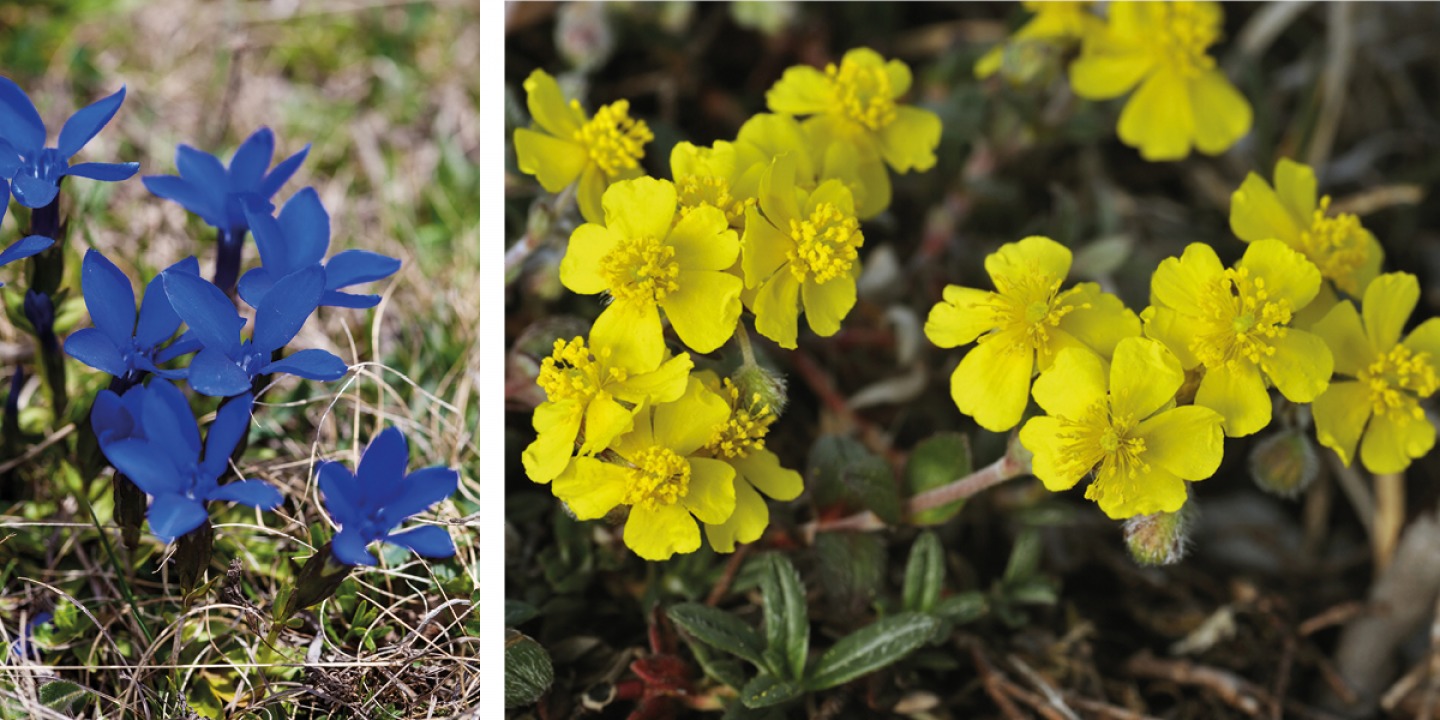
Read More: Best Books for Budding Gardeners
These changes in the area inspired Margaret to write her first book. Teesdale Special Flora: Places, Plants and People was published by Princeton University Press earlier this year, looking at why the unique flora in Upper Teesdale has decreased in both quantity and distribution over the last 40 years, and the book has seen great success. ‘It took me a long time because I would rather be out recording plants than indoors writing,’ says Margaret. ‘We had a launch day hosted by Lord Barnard at High Force Hotel and 80 people came. It was a great occasion and I thoroughly enjoyed it. I spent my time signing books and it was so good to see so many people who’d worked with me quite a long time ago.’
Margaret’s motivation for writing the book, and her joy at it selling so well, comes from her desire to get more people interested in the rare and endangered plants of Teesdale. ‘I would love people to get to know some of the flora we’ve got here,’ she tells us. ‘It’s something really that people of Upper Teesdale should recognise and treasure and see that it does need conserving. Things are changing, they’ve been changing for the 70 years I’ve known Teesdale, and if these plants are going to survive then we’ve got to be active in managing and conserving them. I would like more support from local people to feel that this is an area that really needs treasuring and taking care of. Anyone interested can join the Upper Teesdale Botany Group and come to get to know more about it, helping with some of the surveying. Even if they don’t join they might subscribe to the Trust and work towards an appreciation of the active working conservation.’
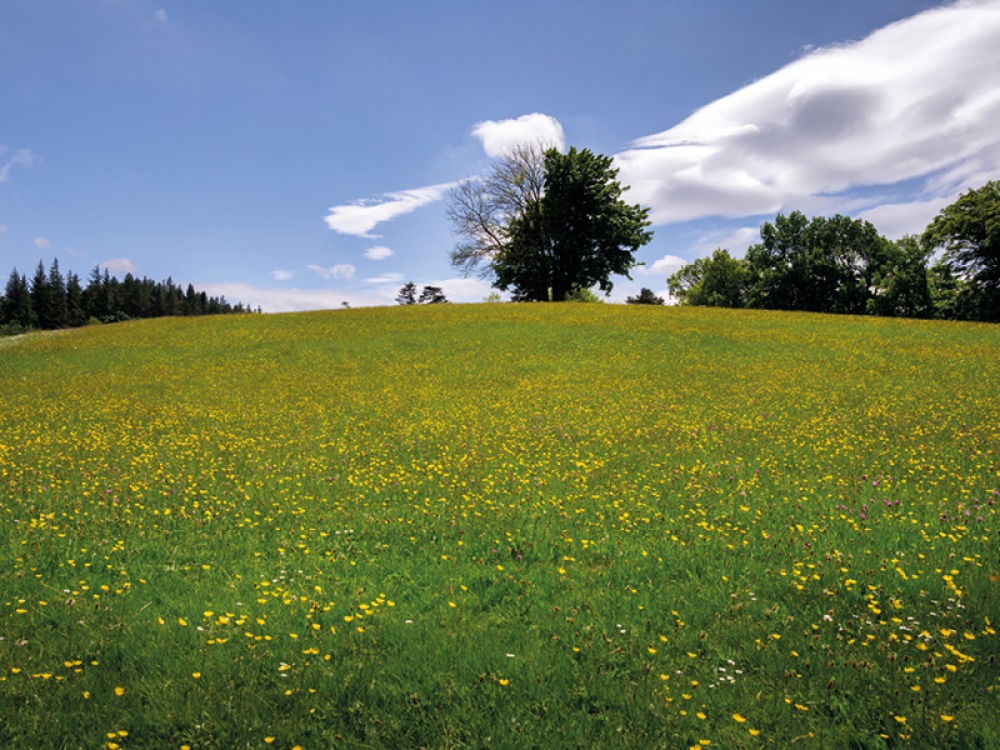
Margaret says there are even things you can do in your own garden to help. ‘The book is about the wild plants in Upper Teesdale, but there are still ways to play your part,’ she says. ‘For example, the very popular Lady’s Mantle plant, Alchemilla mollis, is becoming a scourge. It’s a really troublesome weed when it gets outside because it can form very dense patches and it just smothers everything else. It seeds very successfully in gardens so you’ve got to weed it out, but please, if you’ve got too much in your garden, will you burn the plants! Don’t just throw them out or put them in with the green waste that the council collect, or even worse tip them into the open river. Don’t do anything that will allow it to get established outside. Also if you are a gardener who knows what the plant looks like and you do see any of it outside in the wild, please go onto Teesdale Special Flora webpage. You will find details there where you can send in information of where you’ve seen the plant and we’ll try to do something about getting it eradicated.
‘Otherwise in the garden, grow a range of plants which will flower from early spring right through to the autumn. That way you’ve got nectar and pollen-producing flowers in your garden for the insects because they need all the support they can get. I’ve got Primroses in my garden that will flower as early as they can in spring in the North East. I also converted my lawn into a meadow many years ago. All you need to do is scarify it, scrape it well, reduce the density of plants and sow some meadow mixtures. You’ll be greatly rewarded and it’ll save you time mowing.’
Read More: The Benefits of Gardening for Your Wellbeing
Teesdale has had a hold on Margaret for over 70 years. ‘It’s all of these wonderful plants, as well as the scenery,’ she says. ‘When I meet people who are up there, I’ll ask them to just stand still and be quiet. Then look at the sky, look at the clouds. Lower their sight to the far horizon, what can you see? Come down a bit lower. You begin to see the land. And lower still now, you might see the water in the reservoir. And then look at your feet, what are you standing on? Is it hard, is it soft,? Now go back, look at the sky again. What can you hear? And also what can you not hear? What can you smell? Heather in flower. The smell of the rain. And then what can you taste? Take a mouthful of air, breathe in deeply and let it out slowly. Then do that again. And do it again. And now how do you feel?
‘I did this with someone who had come on to the fell with me after a day working in the office. We went through that drill smelling the wonderful air that you get up there. Teesdale is equidistant from the North Sea and the Atlantic Sea, and there’s something very very fresh and invigorating about the air. I asked him at the end, how do you feel? And I could feel the tension had gone out of him. That’s another thing about Teesdale, people say to me they always felt a lot better when they’ve been here.'








